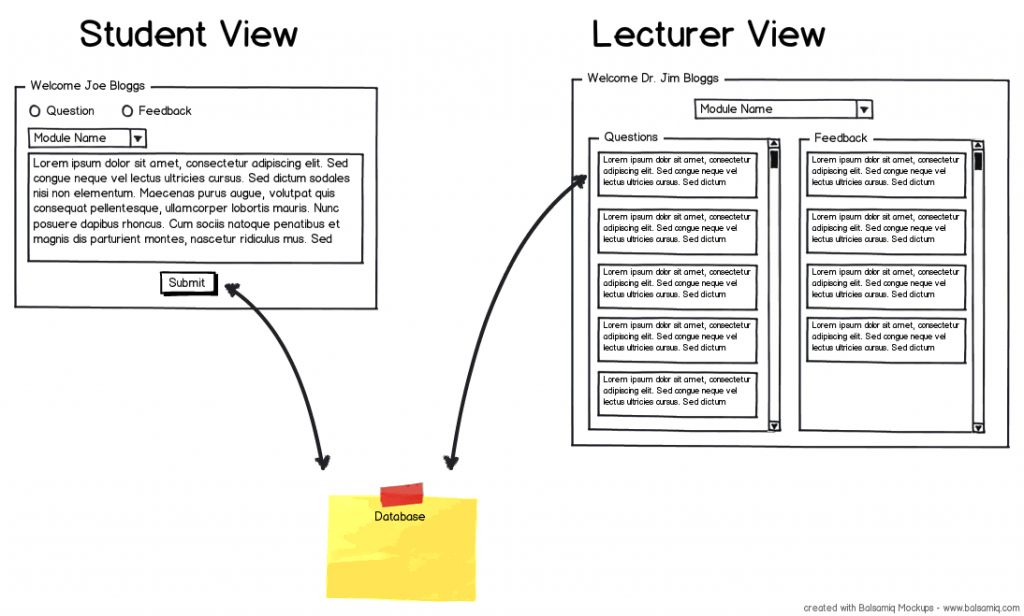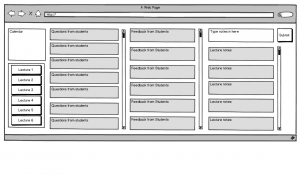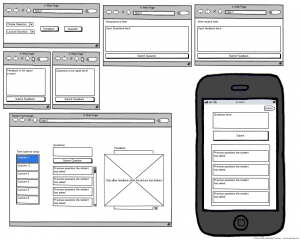So FAST.Q has gone to EDULEARN12, the conference ran on the 2nd and 3rd July at the Hotel Princesa Sofia, Barcelona (Spain).
EDULEARN12 had participants from over 80 different countries which all provide diverse views in the field of education and e-learning. With over 70 different session there was plenty of talks to attend.
The FAST.Q talk took place during the second day (3rd July) at 12:30. This talk was presented by myself (Peter Anderson) with assistance from Dr. John Murray when it came to some of the questions. The aim of this talk was to introduce FAST.Q to other academics over a huge variety of institutions from all over the world.
The presentation went very well, the FAST.Q system generated a lot of interest among the other academics. The talk lasted for 10 minutes followed up with about 5 minutes of questions. The 15 minutes allocated for the talk/questions did not seem to be enough to answer all questions since their were more after.
For me EDULEARN12 was a great chance to gain some experience in giving presentations. During the presentation itself I felt pretty nervous, and I feel that I spoke a little to fast and maybe a few to many ‘err’ and ‘ums’, something to work on in the future.
Over all the conference was a huge success with many academics showing great interest, enthusiasm and even generating possible ideas on future development within the FAST.Q system.
I would like to take this chance to thank JISC, Student as Producer and LNCD for funding and supporting FAST.Q.


